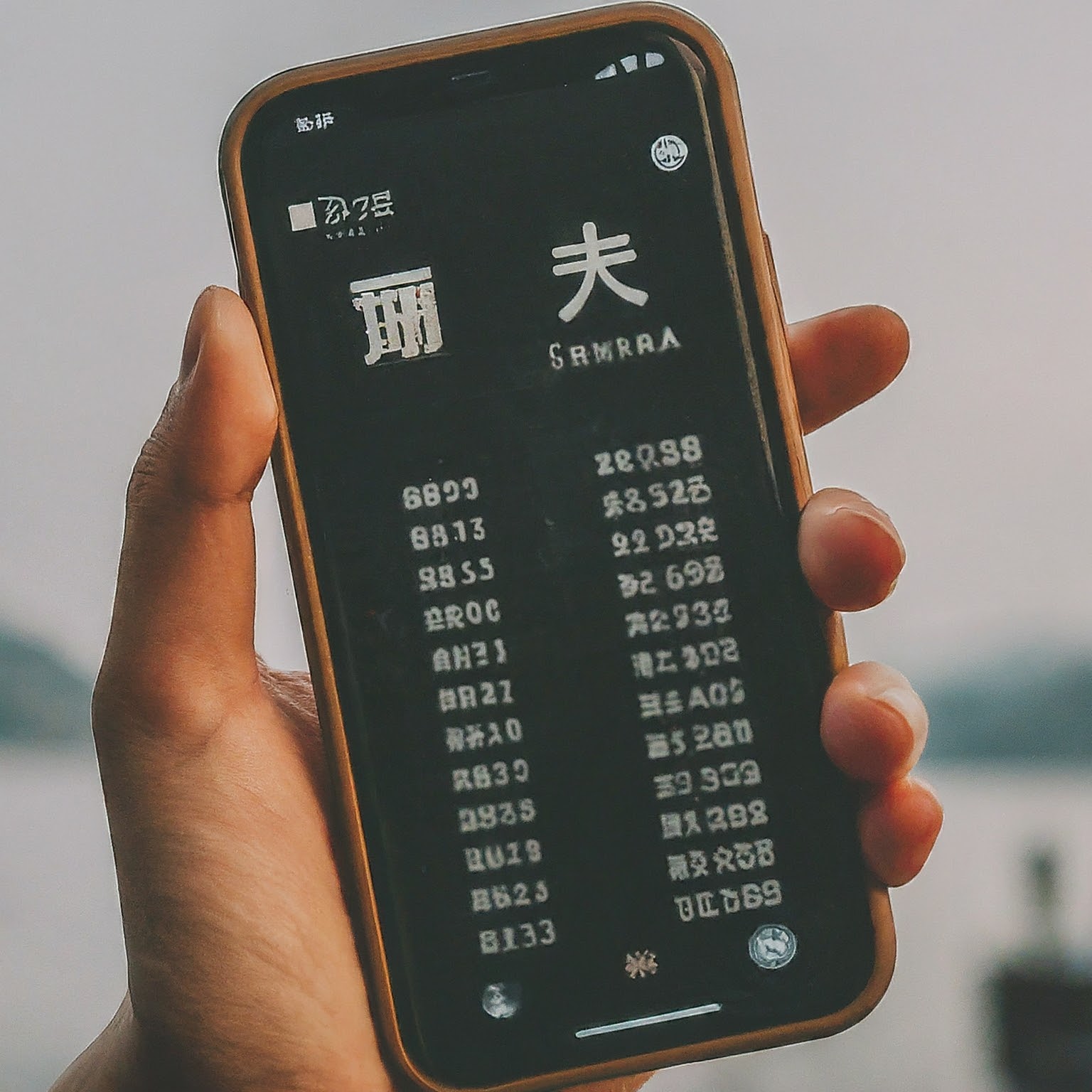Navigating China’s area code system can be a challenge, particularly for those unfamiliar with the country’s vast and diverse telecommunications network. This comprehensive guide will break down the intricacies of China’s area code structure, explaining its significance and providing practical tips for dialing within China and from abroad.

China’s Area Code: The Foundation of Domestic Dialing
China’s area code, also known as the city code or area prefix, is a series of numbers that identifies a specific geographical region within the country. It serves as the backbone of China’s domestic dialing system, enabling efficient call routing and connectivity between cities and provinces.
Each area code is typically two to four digits long, with major cities and provinces assigned shorter codes and smaller towns and counties given longer ones. For instance, the area code for Beijing is 10, while the code for Shanghai is 21. These codes must be dialed before the local telephone number when calling from a different area within China.
The Role of China’s Area Code in International Dialing
When dialing into China from abroad, the international calling code +86 must be used, followed by China’s area code and the local telephone number. The +86 code signifies that the call is being placed to China, while the area code directs the call to the correct region within the country.
For example, to call a Beijing landline from the United States, the following format would be used: +86 10 XXXXXXXX, where XXXXXXXX represents the local eight-digit telephone number.
China’s Area Code System: A Closer Look
China’s area code system is hierarchical, with the country divided into several telecommunications zones, each assigned a unique prefix. These zones are further subdivided into smaller areas, each with its own area code. The hierarchy allows for precise call routing, ensuring that calls are quickly and efficiently connected to the correct destination.
The first two digits of an area code typically represent the province or municipality, while the remaining digits identify the specific city, town, or county within that region. For example, area codes starting with 21 are assigned to Shanghai, while those starting with 22 belong to Tianjin.
China’s Area Code List: Key Cities and Provinces
Here’s a list of area codes for some of China’s major cities and provinces:
- Beijing: 10
- Shanghai: 21
- Guangzhou: 20
- Shenzhen: 755
- Chengdu: 28
- Xi’an: 29
- Chongqing: 23
- Nanjing: 25
- Hangzhou: 571
- Wuhan: 27
This list is not exhaustive, and many other cities and provinces exist within China, each with its own unique area code. For a complete list of area codes, consult a reliable online directory or telecommunications resource.
China’s Area Code: Practical Tips for Dialing
When dialing within China, remember to include the area code before the local telephone number if the call is being placed to a different region. If the call is within the same area, the area code is not necessary.
When dialing from abroad, always use the international calling code +86 followed by China’s area code and the local telephone number. Be sure to check the specific dialing instructions for your country, as they may vary.
China’s Area Code: A Vital Component of Modern Communication
China’s area code system plays a crucial role in facilitating domestic and international communication within the country. By understanding its structure and function, you can navigate the complexities of dialing in China with ease and confidence.
Whether you’re a business traveler, a tourist, or simply someone looking to connect with friends or family in China, a solid grasp of China’s area code system is essential. By following the tips and guidelines outlined in this article, you can ensure that your calls are connected quickly and efficiently, wherever you may be.
لا تعليق